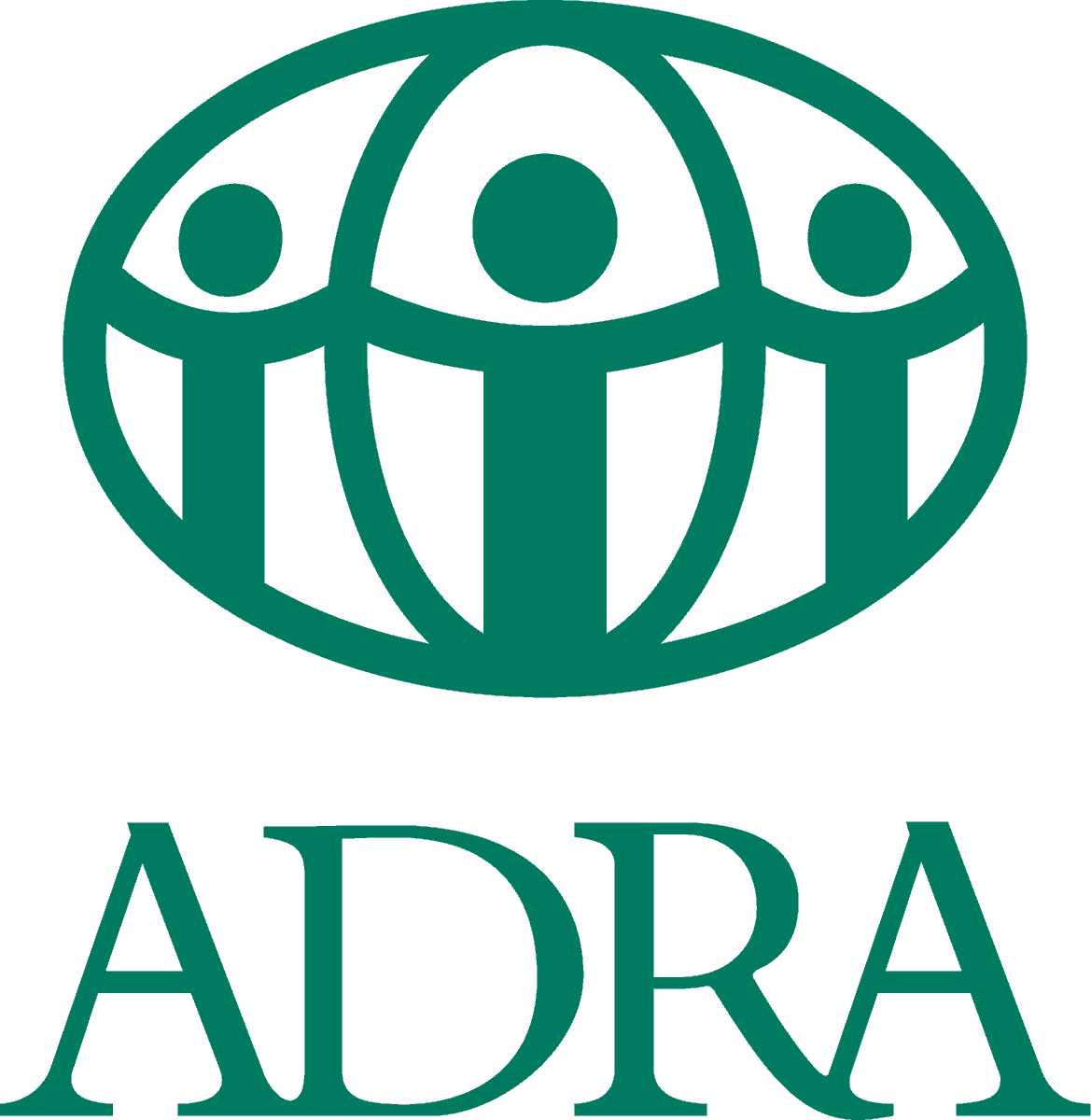Fiovana in the Family
Inspired by lifechanging lessons on nutrition and health, one woman chooses a unique name for her newborn
Ginette organizes her seven children into two categories: before FIOVANA and after FIOVANA. The four born prior to the project experienced malnutrition and frequent bouts of bad health. Back then, she had no access to prenatal and postnatal care, limited understanding of diversified diets, and inadequate support from her husband.
Since FIOVANA came to her rural community five years ago, she has given birth to three more children. In those five years, she visited the clinic more frequently during pregnancy and learned more about health concepts like vaccinations, nutrition, and mosquito nets.
“I could even feel the difference during pregnancy and when I gave birth,” she said. “They just felt bigger and healthier.”
The youngest, a healthy one-week-old girl, is swaddled in blankets and breastfeeding as Ginette shares in animated detail the life-changing lessons she learned from FIOVANA. The daughter in her arms is a testament to the success of the project—so strong a testament that Ginette even named her Fiovanasoa: “Good Change.”
“When I gave birth, people from the project came, so that is why I named her.”
They were not the only ones there during delivery. Her husband, Ossen, was by her side the whole time. After participating in trainings on gender equality, he reevaluated his role in the household.

“In the past, anything in the house was woman’s work, and my work was outside,” he said. “During FIOVANA, I learned the importance of helping each other. I learned that it’s very tiring for her to be pregnant while also doing things in the house like fetching wood, making the fire, and cooking. It is much easier to manage the different tasks now that we do them together.”
The changes in the family are not limited to the family alone. Ginette serves as a Lead Mother in her local Mother-To-Mother (M2M) group, where she supports, advises, and teaches mothers in the community. They garden together, harvest their diversified crops for improved household nutrition, and even mill and process the ingredients to support TSIKONINA sessions, the communal process of mothers feeding their young children healthy, nutritious diets.
The result is healthier, stronger babies. Now, instead of feeding toddlers the traditional diet of cooked rice and shrimp ground into gruel, they provide a nourishing option: Kuba, porridge made from either banana, sweet potato, or cassava, depending on the season and the age of the child.
“We grow all those ingredients here,” Ginette said. “FIOVANA taught us how to maximize our local products, and they taught me how to make the flour and the porridge. After I received the training, I shared it with the members of M2M. I was eager to share the skills because they should not be kept to yourself but shared widely.”
Ninette, a local field agent for the FIOVANA project, is delighted by the results. “I look around and see the difference,” she said. “The children before FIOVANA are smaller, and the babies now are much healthier and bigger. Before we had many cases of malnourishment to the point of death. Now, the mortality has significantly decreased.”
Because of the transformations in her community, little Fiovanasoa will grow into a woman with improved opportunities for health and wellbeing.
Change is not just in her name. It is all around her.

